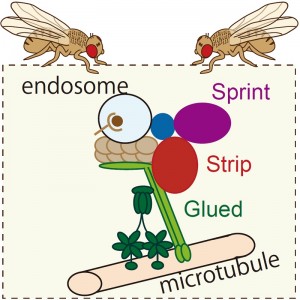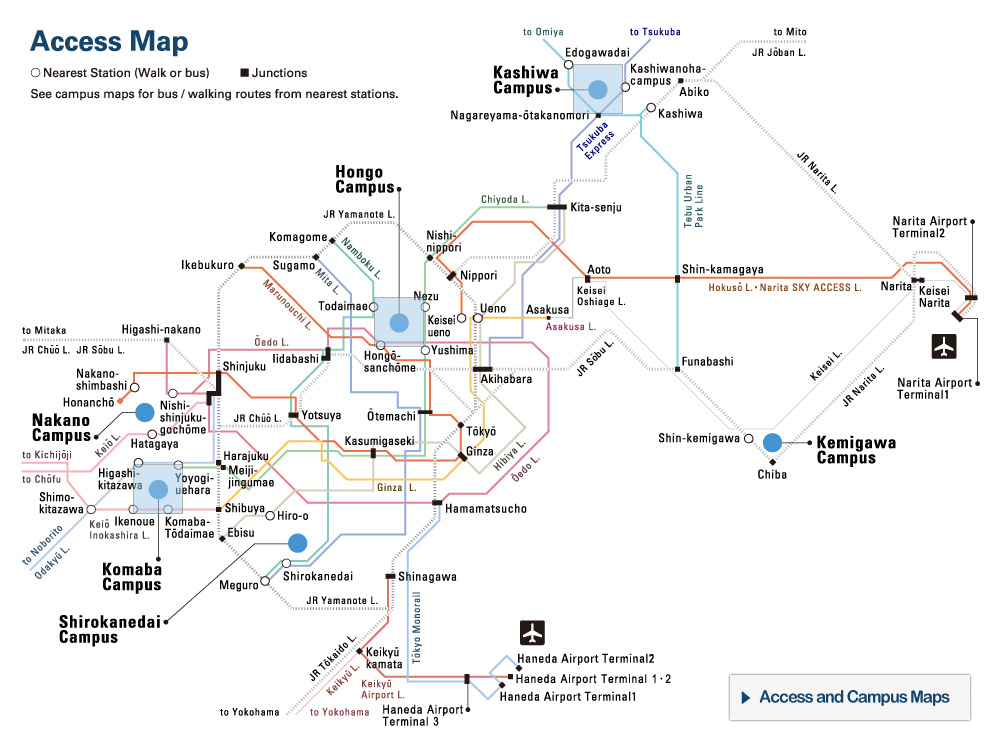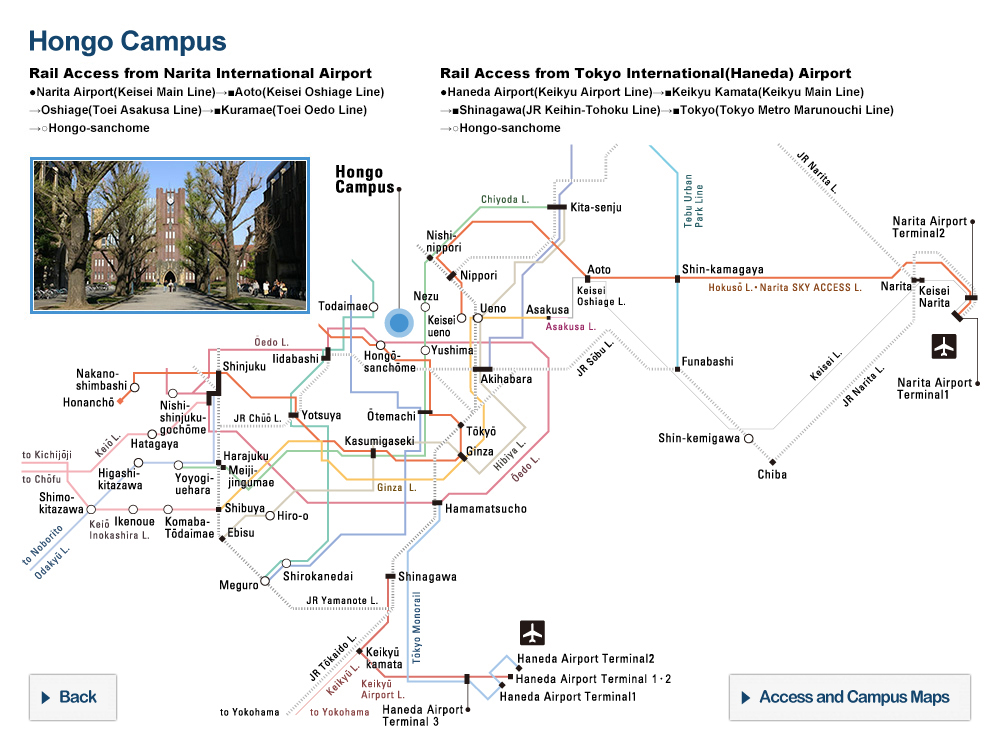Intracellular transport in neuronal morphogenesis Strip, a new molecule for intracellular transport

Intracellular transport is essential to transport proteins in the proper amount, to the proper location, at the proper timing, which enables each protein to work effectively. Much research has revealed that intracellular trafficking is crucial for cellular survival and proliferation. However, there has been little research addressing the mechanisms of intracellular trafficking in neuronal cells, which possess complex cellular projections, especially in vivo.

© 2014 Takahiro Chihara.
Strip forms a complex with molecules that regulate endosome trafficking (transport) along microtubule (Glued) and endosome fusion (Sprint), simultaneously.
In this study, Associate Professor Takahiro Chihara, post-doctoral fellow Chisako Sakuma, and their colleagues at the School of Pharmaceutical Sciences, the University of Tokyo, working with researchers at Keio University (Associate Professor Takeshi Kawauchi and Dr. Mima Shikanai), Stanford University (Professor Liqun Luo), and Northwestern University (Professor Valdimir I. Gelfand), revealed that Strip regulates intracellular trafficking in neurons, and that this is crucial for neuronal morphogenesis. By using Drosophila genetics, they reveled that loss of strip gene that encodes the Strip protein resulted in malformation of neurites; neurites became shorter. From further genetic and biochemical analyses, they revealed that Strip forms a complex with molecules involved in intracellular trafficking, contributing to the proper trafficking of proteins in neuronal cells and thus regulating neuronal morphogenesis. Strip is an evolutionarily conserved protein and its homologs exist from yeast to mice and humans. Further analysis of the function of the Strip protein may lead to an understanding of the detailed molecular mechanism of neural circuit formation and the causes of neurodegenerative diseases in the future.
Press release (Japanese)
Paper
Chisako Sakuma, Takeshi Kawauchi, Shuka Haraguchi, Mima Shikanai, Yoshifumi Yamaguchi, Vladimir I. Gelfand, Liqun Luo, Masayuki Miura and Takahiro Chihara,
“Drosophila Strip serves as a platform for early endosome organization during axon elongation”,
Nature Communications Online Edition: 2014/10/14 (Japan time), doi: 10.1038/ncomms6180.
Article link
Links
Graduate School of Pharmaceutical Sciences
Department of Genetics, Graduate School of Pharmaceutical Sciences






